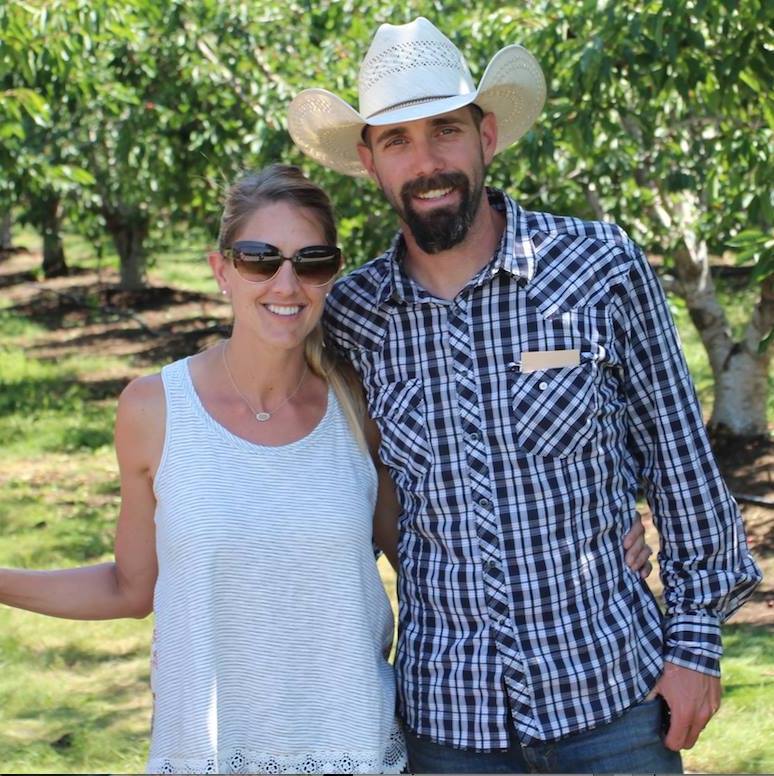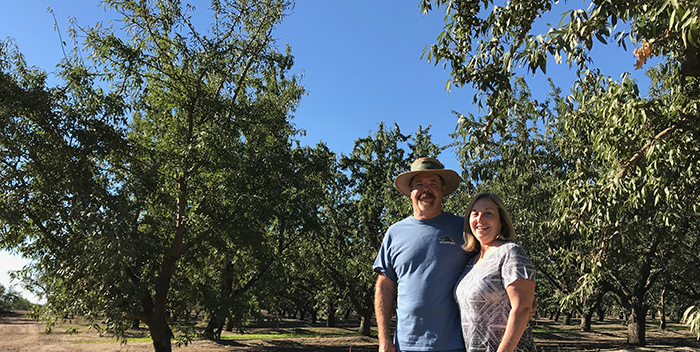
Our mission is to help farmers protect the best farmland in the world. Day in and day out, we are focused on and committed to helping California farmers ensure their farms will be farms, forever. If you are a California farmer interested in protecting your property, read on to learn how we can help.
The mechanism we use to protect farms is called an Agricultural Conservation Easement. Placing an easement on your farm is an effective way to ensure your farm remains a farm, forever. When an easement is enacted, the landowner essentially either sells or donates the right to develop the land to the California Farmland Trust, which cannot exercise that right. The result is a property that cannot be developed, and must always be used for agriculture. Putting an easement on a property is entirely voluntary, but once one is in place it is permanent.
No two agricultural conservation easements are the same. Each is tailored to the desires of the landowner, the interests of the land trust, and the unique characteristics of the land. The landowner retains ownership and use of the property; the California Farmland Trust is not involved in daily operations of your farm.
There are many benefits to placing an Agricultural Conservation Easement on your farmland. An easement can provide:


The original landowner, you, retain ownership of your property when an easement is placed. The California Farmland Trust does not own any agricultural property.
Properties with easements on them can be sold or passed to family members. The easement will remain with the property, thus the new owner must keep the property in agricultural use.
Because an easement removes the right to develop farmland, the landowner can be compensated for the resulting reduction in the property value. The reduction in property value widely varies, based on the property type and location. A hypothetical example:
Fair market value of land prior to easement: $25,000 per acre
– Fair market value of land after easement: $20,000 per acre
= Easement Value: $5,000 per acre
In this hypothetical example, the reduction in property value would be $5,000 per acre, or a total of $500,000 for a 100-acre property. The California Farmland Trust requests five percent of this amount be donated to help monitor and steward the easement forever (this donation may be tax deductible), while the landowner receives the remainder (there may be associated tax implications, we recommend consulting a tax professional). In addition, the landowner will incur some transactional costs during the easement process.
In some circumstances, there can also be property and estate tax benefits to placing an easement. We recommend consulting a tax professional to determine whether you are eligible for any easement-related tax benefits.
Possibly. Agricultural Conservation Easements do place some restrictions on construction; however, every easement is different. The details of each easement are decided in discussions between the landowner and California Farmland Trust. Generally speaking, construction that enables, not restricts, agricultural operations, is allowed.
Once a year, knowledgeable staff from the California Farmland Trust will visit your property, to ensure the terms of the easement are being followed. Based on the easement terms, you may be required to notify or get approval from California Farmland Trust for certain construction projects.
With an easement in place you can still grow whatever agricultural crop you want, within the already existing capabilities of the property. California Farmland Trust does not get involved in the day to day operations of our farms and will not restrict a farmer’s choice to grow or convert to or from row crops, orchards, and vineyards.
Typically, it takes between one and two years to put an easement on a property. If the easement is being donated, rather than purchased, that process will be on the faster end of the spectrum. This is a long process, and we advise landowners to retain independent legal counsel and tax professionals to assist them during the process.
Our team would be happy to discuss whether your farmland is appropriate for an easement. Because our mission is to help farmers protect the best farmland in the world, we focus our efforts to place easements on farms that: are on prime soils; have a reliable water source; and can reasonably be expected to be impacted by development in the future.
If you’d like to learn more about placing an Agricultural Conservation Easement on your farmland, fill out the form below and one of our team members will be in contact.